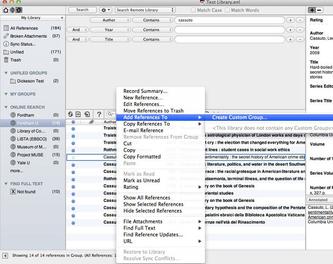

An unsymmetrized multifrontal LU factorization. Diagonal Markowitz scheme with local symmetrization. Algorithm 837: AMD, an approximate minimum degree ordering algorithm.

An approximate minimum degree ordering algorithm. Graph visualization of the matrices is provided, and a new multilevel coarsening scheme is proposed to facilitate this task. We provide software for accessing and managing the Collection, from MATLAB™, Mathematica™, Fortran, and C, as well as an online search capability. Its matrices cover a wide spectrum of domains, include those arising from problems with underlying 2D or 3D geometry (as structural engineering, computational fluid dynamics, model reduction, electromagnetics, semiconductor devices, thermodynamics, materials, acoustics, computer graphics/vision, robotics/kinematics, and other discretizations) and those that typically do not have such geometry (optimization, circuit simulation, economic and financial modeling, theoretical and quantum chemistry, chemical process simulation, mathematics and statistics, power networks, and other networks and graphs). It allows for robust and repeatable experiments: robust because performance results with artificially generated matrices can be misleading, and repeatable because matrices are curated and made publicly available in many formats. The Collection is widely used by the numerical linear algebra community for the development and performance evaluation of sparse matrix algorithms. We describe the University of Florida Sparse Matrix Collection, a large and actively growing set of sparse matrices that arise in real applications.


 0 kommentar(er)
0 kommentar(er)
